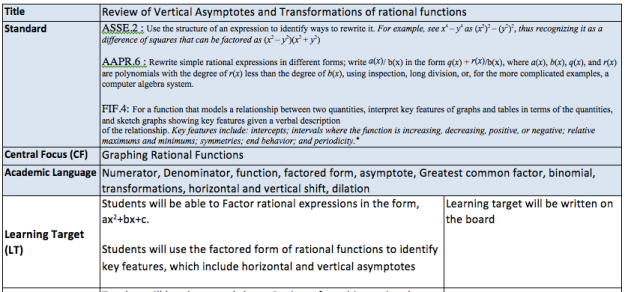7.1.4c Communication with families
There has been much research revolving around the topic of family engagement in a student’s education leading to higher performance levels of the student. For some families this may be obvious but for other families it may not be as apparent. Math can be a scary topic for families who may feel that it is not their strongest subject or have an aversion to mathematical content. Because of this, they will avoid trying to engage with their student regarding their math class and family engagement will be absent. For those families I will need to provide tools and resources to aid their involvement.
In order to engage families in their students’ schooling, I will send a letter home at the beginning of both semesters. A “First Semester Letter” is shown below. Included in this letter is a semester overview of the Algebra 2 content, student expectations for my class, how parents can engage with their students and my contact information. My “Second Semester Letter” will follow a similar format and will include an update on how the class is going, second semester content areas, I will ask for parent feedback through a short survey, and I will provide updated contact information. I will also provide more ways that parents can get involved in their students’ education.
School is not only a place to focus on academics but it is a place for students to grow socially, explore themselves emotionally, and learn how to be functioning members of society. Families are not with their students for the thirty-three hours a week that students are at school and if teacher/family communication is lacking then families may know very little about what is going on in their student’s lives because teenagers often despise talking to their parents/guardians. Family communication is important so that families are aware of how their student is doing not only academically but also socially and emotionally. Therefore frequent family communication and engagement is imperative to the success of all students.




